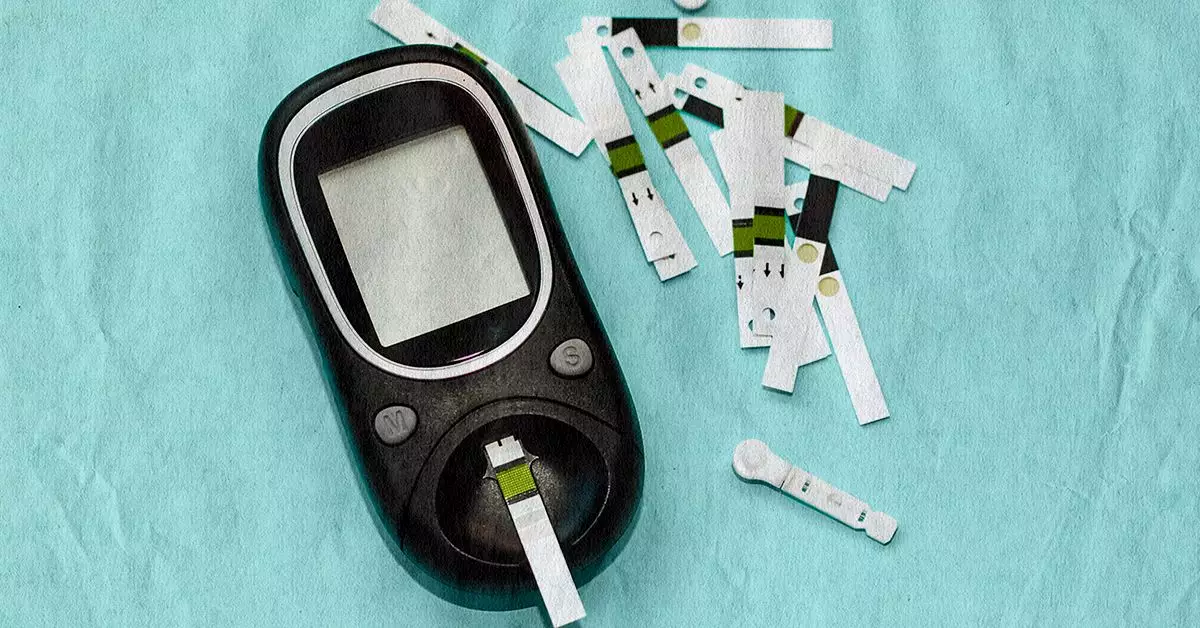Hypoglycemia is a serious medical condition that occurs when blood sugar levels drop too low, typically considered to be at or below 50 mg/dL. This condition can have severe complications, such as seizures and coma, making it essential to maintain blood sugar levels within a healthy range. The body relies on glucose as its primary energy source, and when levels fall too low, every organ system can be negatively affected. It is crucial for individuals at risk of dangerously low blood sugar levels to stay vigilant and monitor their blood glucose levels regularly.
Health experts generally consider fasting blood sugar levels at or below 99 mg/dL to be normal. However, for individuals with diabetes, target ranges may vary. The American Diabetes Association recommends target levels of 80 to 130 mg/dL before eating, and less than 180 mg/dL within 2 hours after a meal. When blood sugar levels drop below 50 mg/dL, it is classified as severe hypoglycemia, increasing the risk of losing consciousness, having a seizure, or falling into a coma. In such cases, immediate assistance is necessary to restore blood glucose to a stable level.
If a person experiences symptoms of low blood sugar, it is crucial to check their blood sugar levels promptly. The 15-15 rule is a helpful method for restoring blood sugar levels to a suitable range. This involves ingesting 15 grams of carbohydrates, waiting 15 minutes, and then rechecking blood sugar levels. If necessary, additional servings of carbs can be consumed until a stable level is reached. In cases of dangerously low blood sugar where eating or drinking is not an option, emergency glucagon administration may be required.
Glucagon is a hormone that can rapidly elevate blood sugar levels in emergency situations. It is available in nasal spray or injectable form for easy administration. When using injectable glucagon, the process involves inserting the needle into the vial containing glucagon powder, mixing the solution until clear, drawing the solution into the syringe, and injecting it into the individual’s thigh, buttock, or upper arm. For nasal glucagon, the device is inserted into the nostril, the plunger is pressed, and emergency help should be called afterward. Oral carbohydrates should be given once the individual responds to treatment to prevent hypoglycemia recurrence.
Hypoglycemia can result from various factors, including diabetes medications, skipped meals, intense exercise, or excessive alcohol consumption. Insulin plays a significant role in blood sugar regulation, but incorrect dosage or administration can lead to low blood sugar levels. People with type 1 or type 2 diabetes are at higher risk of hypoglycemia, making it essential for them to monitor their glucose levels closely. Understanding the causes and symptoms of hypoglycemia can help individuals manage their condition effectively.
Hypoglycemia is a critical medical condition that requires careful monitoring and prompt action. By understanding the dangers of low blood sugar levels, following recommended guidelines, and knowing how to administer glucagon in emergencies, individuals can effectively manage hypoglycemia and prevent severe complications. It is crucial for individuals with diabetes or at risk of hypoglycemia to stay informed and prepared to handle low blood sugar levels effectively. Taking proactive steps to address hypoglycemia can help improve overall health and well-being.


Leave a Reply